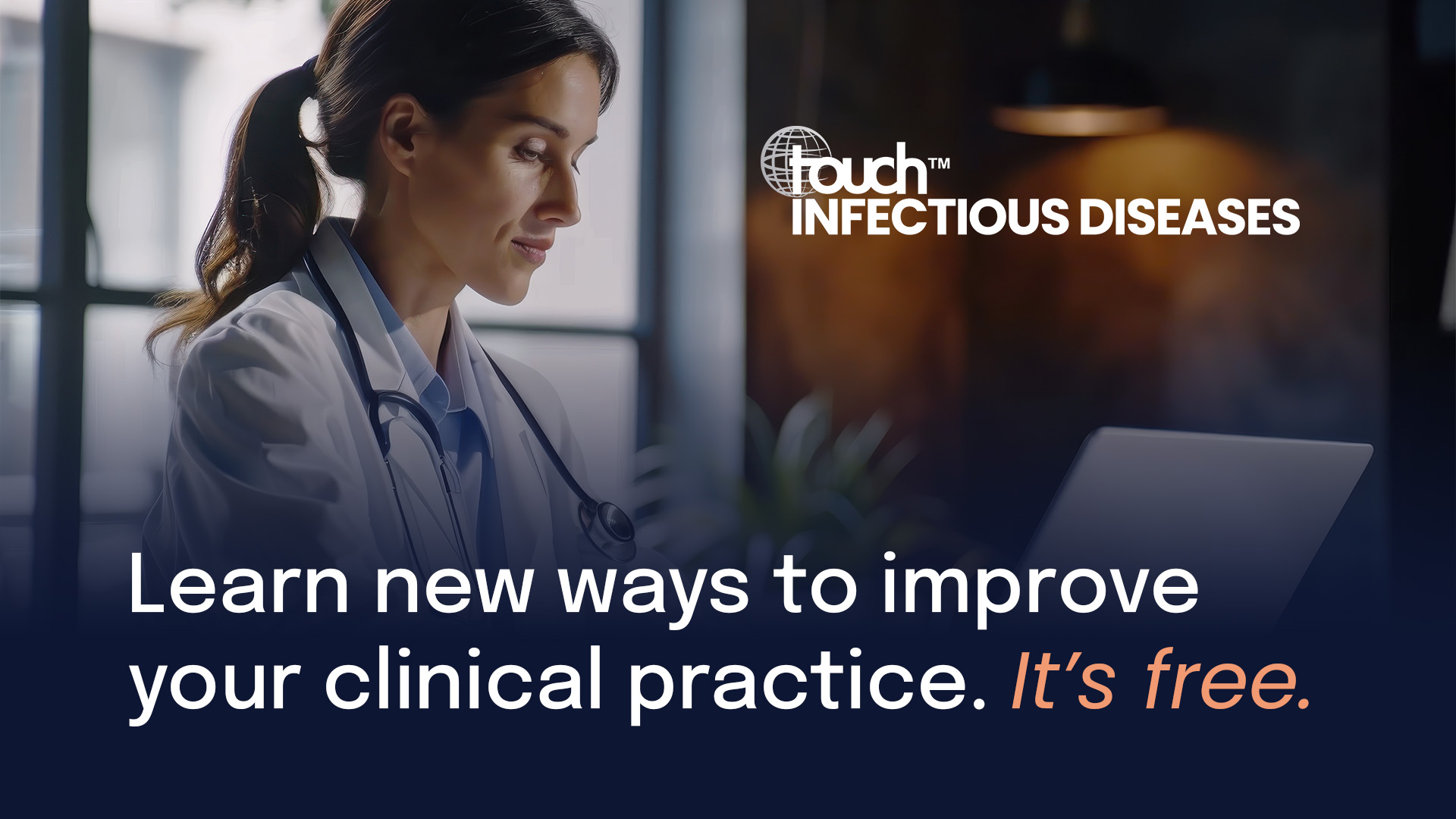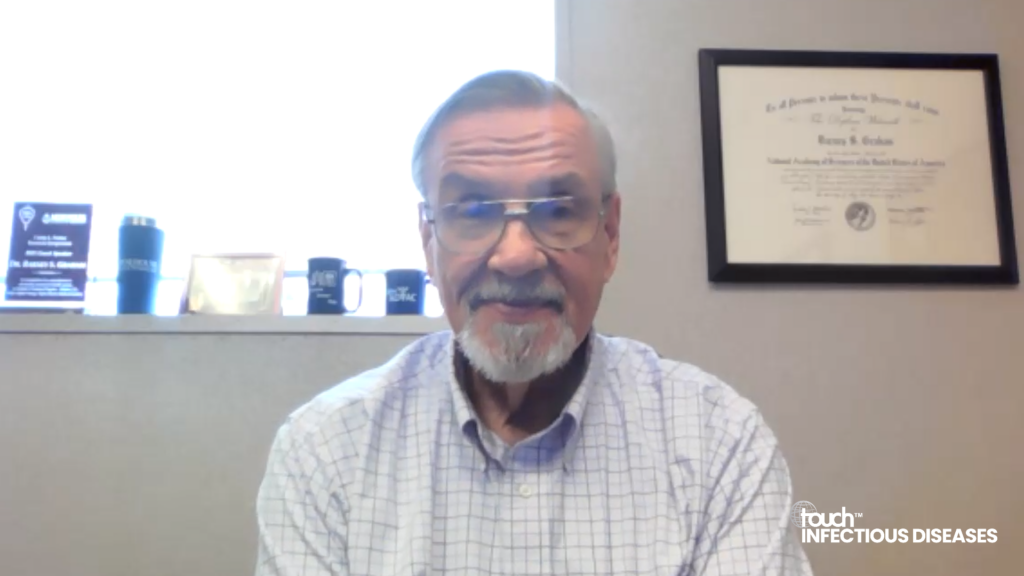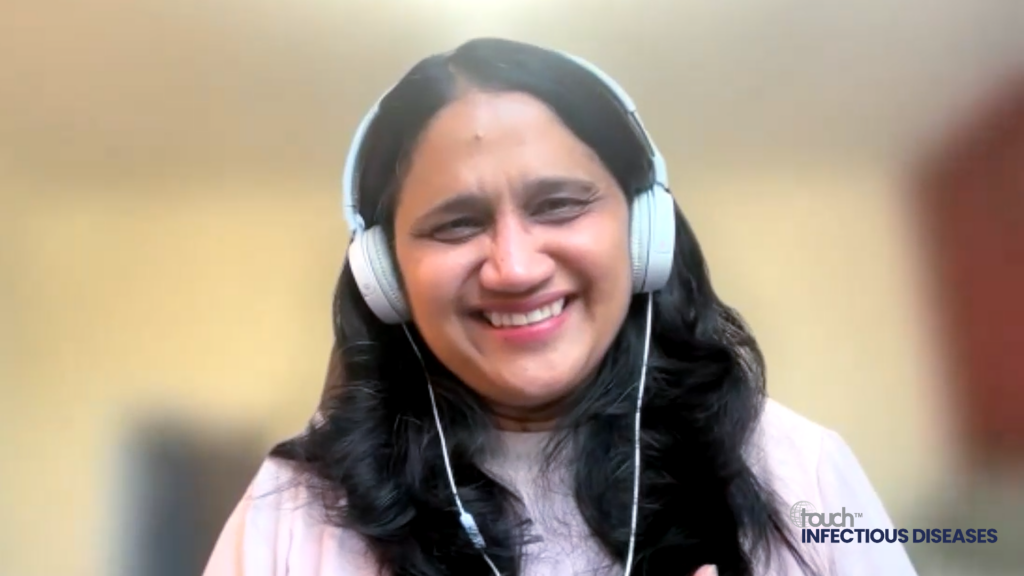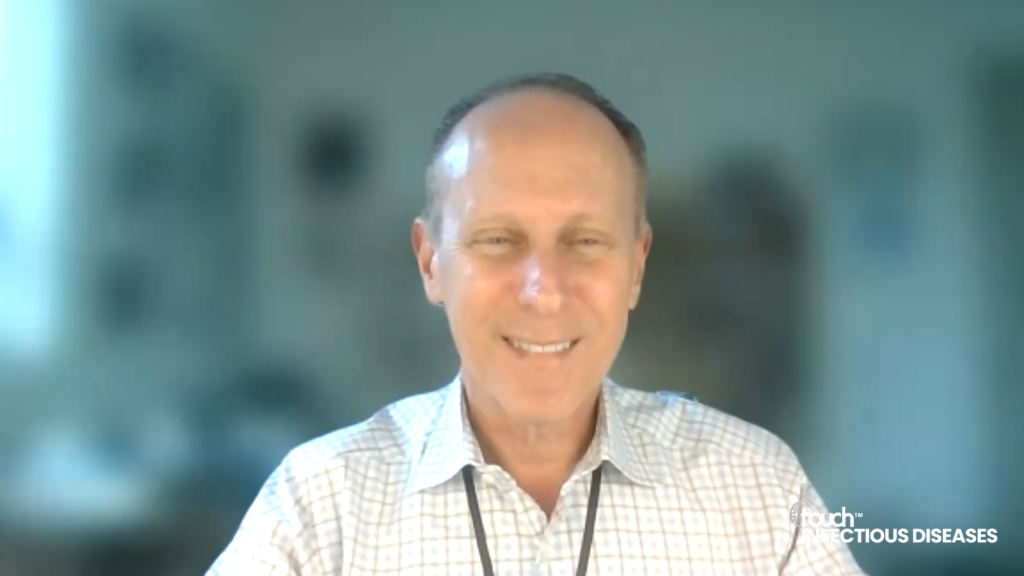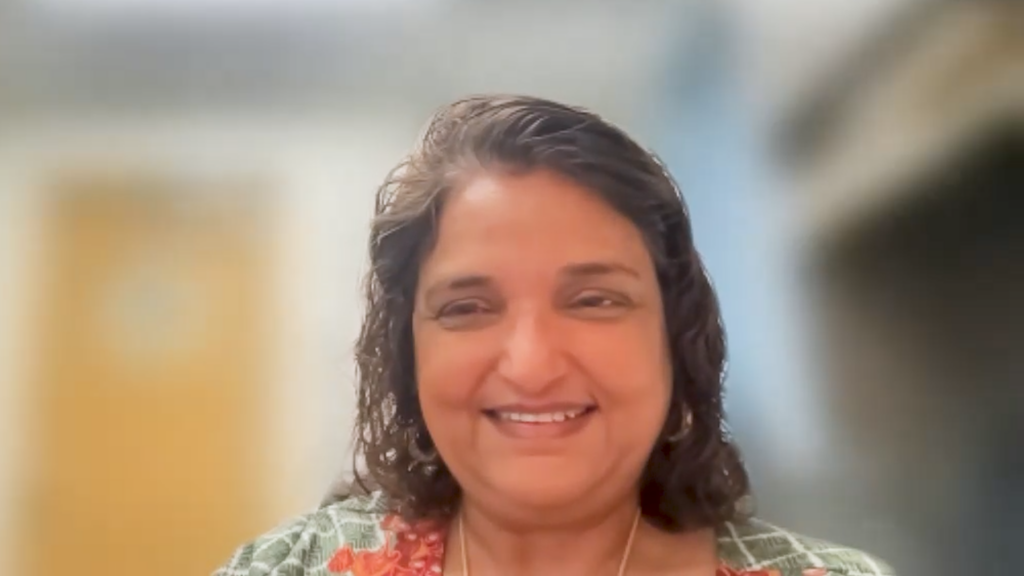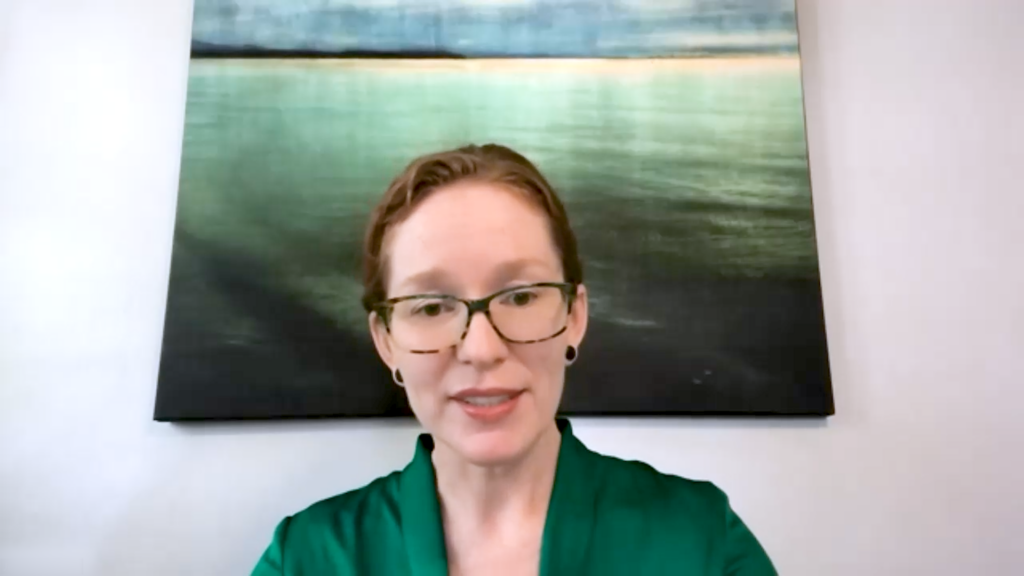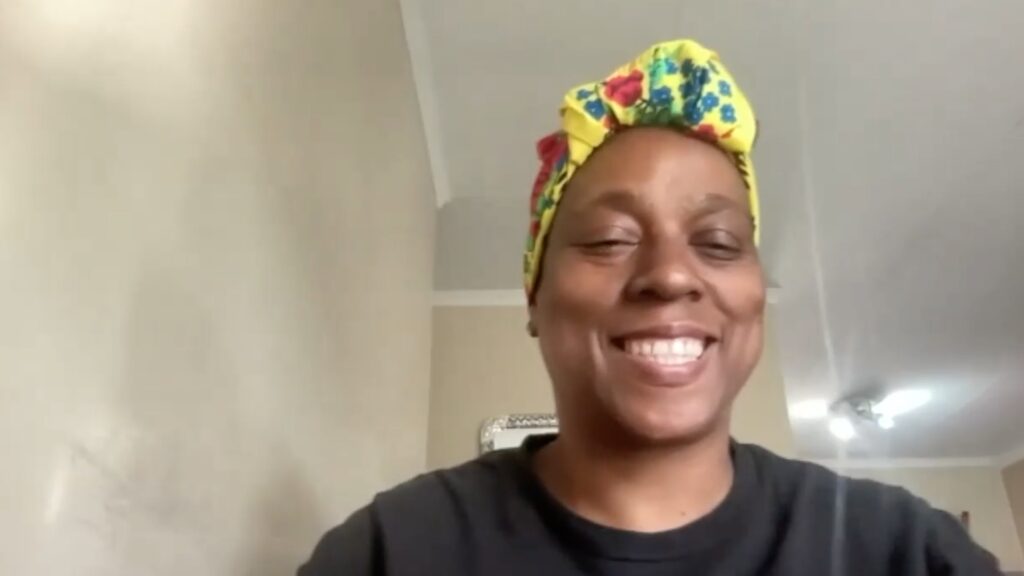
“Information equals power. Knowledge and community are what help people survive”
For more than 40 years, Rebecca Denison has lived with HIV, witnessing firsthand the evolution of the epidemic – from the darkest days when a diagnosis was considered a death sentence, to today’s advances in treatment and prevention. A longtime activist, she founded Women Organized to Respond to Life-Threatening Diseases (WORLD), an Oakland-based organization supporting women with HIV, and has spent decades advocating for equitable access to care.
At the 2025 Conference on Retroviruses and Opportunistic Infections (CROI), Rebecca presented during the opening session of the conference ’40+ Years of HIV: What’s Changed, What Hasn’t, What Shouldn’t, What Must’. She spoke about the progress made in HIV science, the persistent barriers that remain and the urgent need to combat stigma and disparities. In this interview, she reflects on her own journey, the lessons learned from the early HIV crisis and why, despite groundbreaking medical advancements, the fight is far from over.
Q1. Rebecca, you’ve been living with HIV for over four decades. Can you start by sharing a bit about yourself and your journey?
Absolutely. I’ve been living with HIV for 42 years. I was diagnosed unexpectedly in 1990, but my HIV acquisition traced back to 1983 when I had an unexplained illness. At the time, HIV was considered a death sentence. The first woman I met with HIV weighed barely 90lbs and was on high-dose azidothymidine every four hours. I assumed that would be my fate, but I turned out to be a slow progressor and didn’t start treatment for 27 years. Today, I take just one pill a day. I live in Berkeley, California, and I’m a mother of twin girls.
In the early 1990s, I founded Women Organized to Respond to Life-Threatening Diseases (WORLD), an Oakland-based organization supporting women with HIV. Though I no longer work there, I’m incredibly proud of its impact. These days, I focus on advocacy, writing a book and taking care of my health – because aging with HIV brings its own challenges.
Q2. What were some of the key themes of your presentation at CROI 2025: ’40+ Years of HIV: What’s Changed, What Hasn’t, What Shouldn’t, What Must’?
My presentation focused on what has changed, what hasn’t and what still needs to. One of the biggest shifts is that HIV is no longer an automatic death sentence for those with access to treatment. The science has been remarkable. There are now one-pill regimens and injectables, and viral load testing has revolutionized care. Many places no longer rely on CD4 counts, focusing instead on viral load suppression.
Prevention has also come a long way. When I was diagnosed, the only tools we had were abstinence and condoms. Now, we have pre-exposure prophylaxis (PrEP), long-acting injectables and U=U (undetectable = untransmittable), meaning people with an undetectable viral load cannot transmit the virus sexually. When I had my daughters, women with HIV in the USA were told not to breastfeed. Now, guidelines allow it under specific conditions.
However, while science has progressed, access remains unequal. Many new patients can take simple regimens, but long-term survivors often struggle with complex treatments and side effects. Despite having the tools to end HIV, many factors still hold us back.
Q3. Talking of stigma, you’ve spoken about how the perception of HIV has changed. What concerns you about this shift?
In the early days, people with HIV felt they had nothing to lose by speaking out. But now, because treatment allows us to live long, relatively healthy lives, some choose to remain silent – even from their own families. There are parents whose children don’t know they have HIV. Silence can lead to complacency, and complacency is dangerous. One of the biggest misconceptions is that HIV is ‘over’. I speak to 7th graders every year, and many don’t even know what HIV is. They haven’t lost parents, uncles or coworkers like we did a generation ago. In the USA, treatment has made HIV nearly invisible, but that doesn’t mean it’s gone.
Q4. You’ve mentioned that HIV continues to disproportionately affect marginalized communities. What do the numbers tell us?
The disparities are staggering. When I was diagnosed, about two-thirds of women with HIV in the US were women of colour. That statistic hasn’t changed, in fact it’s gotten worse. Today, about 20% of US women living with HIV are Latina, and Black women account for 55–60% despite making up only 13% of the US female population. It’s a stark reminder that social and systemic inequalities continue to shape health outcomes. Programs like US President’s Emergency Plan for AIDS Relief (PEPFAR) have saved millions of lives worldwide. The progress we’ve made is fragile, and without continued action, we risk losing ground.
Q5. Looking back, what lessons can we learn from the early HIV crisis?
The most important lesson is that information equals power. Knowledge about treatment, advocacy and resources improves survival. Community is also crucial – when people feel isolated or unworthy, they may not have the fight in them to survive. ACT UP was a great example of collaboration between scientists and people with lived experience. That partnership ensured research was driven by real-world concerns, and it should continue to shape public health responses today.
I founded WORLD to provide a space for women with HIV to share stories and access information. It grew into an empowerment organization, helping women become leaders, educators and advocates. Though I stepped away in 2003, I remain involved in the community.
At the end of the day, I’m here because of HIV research. It saved my life.
This interview has been edited for length and clarity.
Disclosure: Rebecca Denison has no financial or non-financial conflicts of interest to declare in relation to this article.
Cite: “HIV is not over”: Rebecca Denison on 40 years of activism and survival. touchINFECTIOUS DISEASES. April 22nd, 2025
SIGN UP to touchINFECTIOUS DISEASES!
Join our global community today for access to thousands of peer-reviewed articles, expert insights, and learn-on-the-go education across 150+ specialties, plus concise email updates and newsletters so you never miss out.
